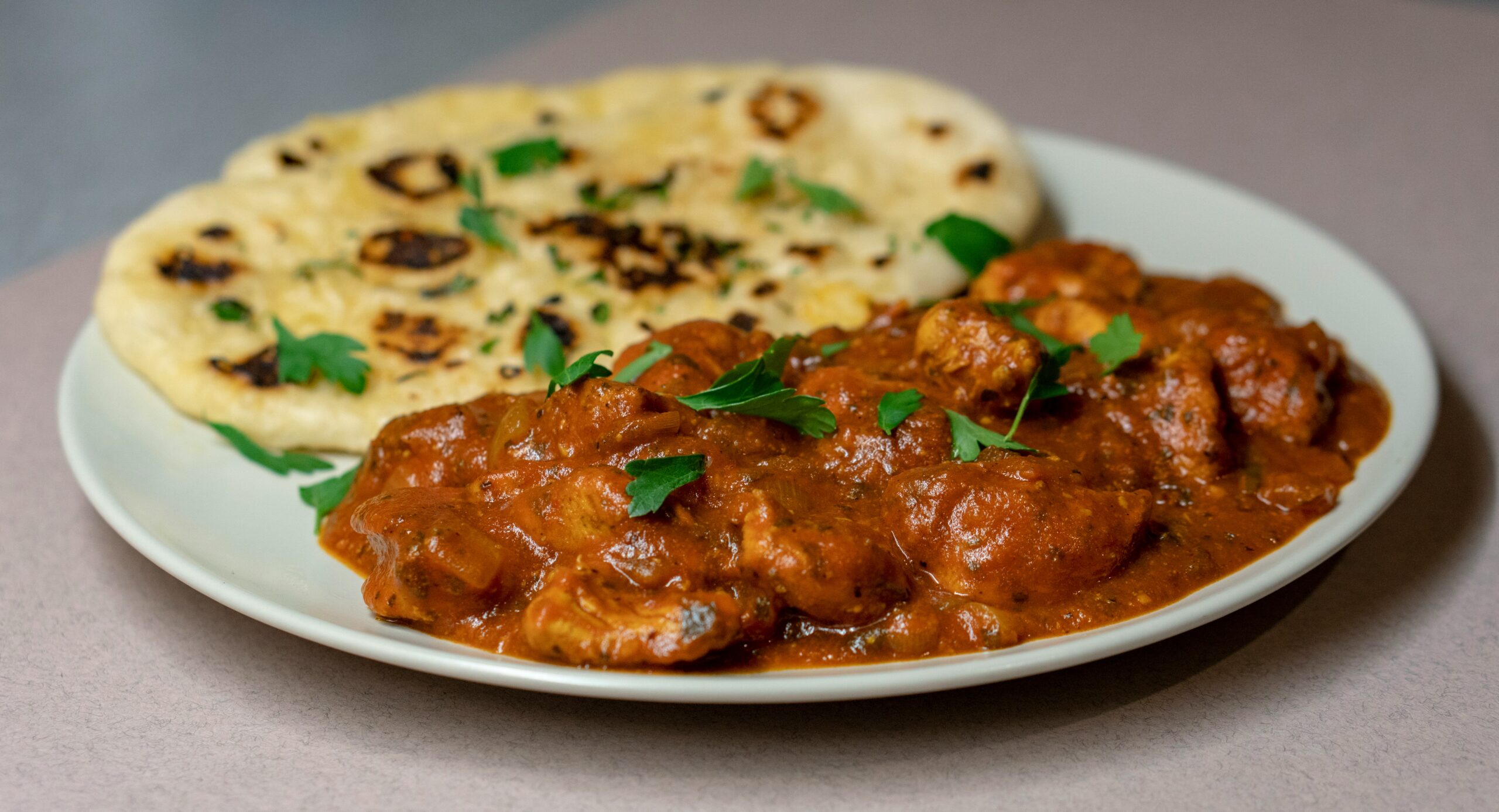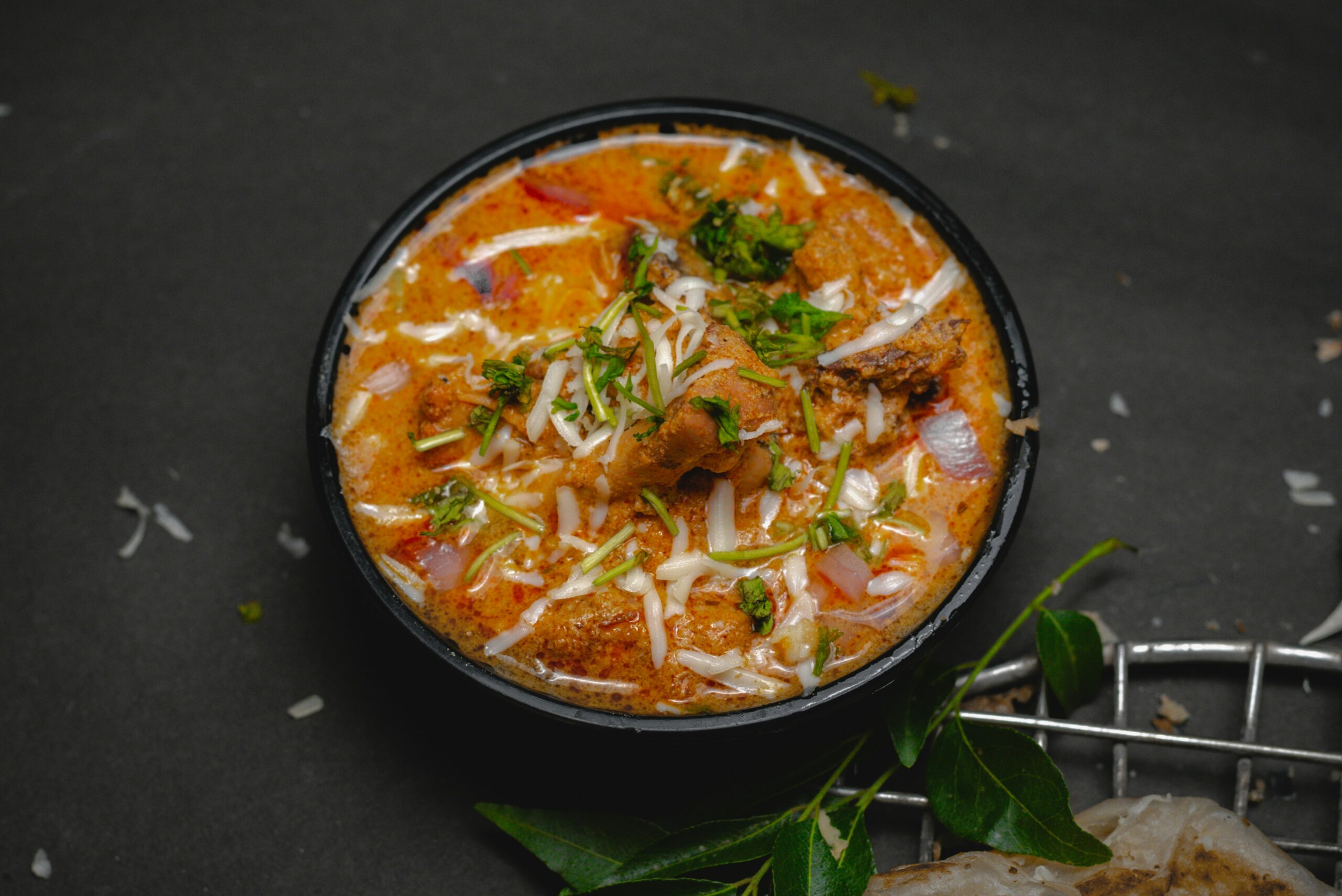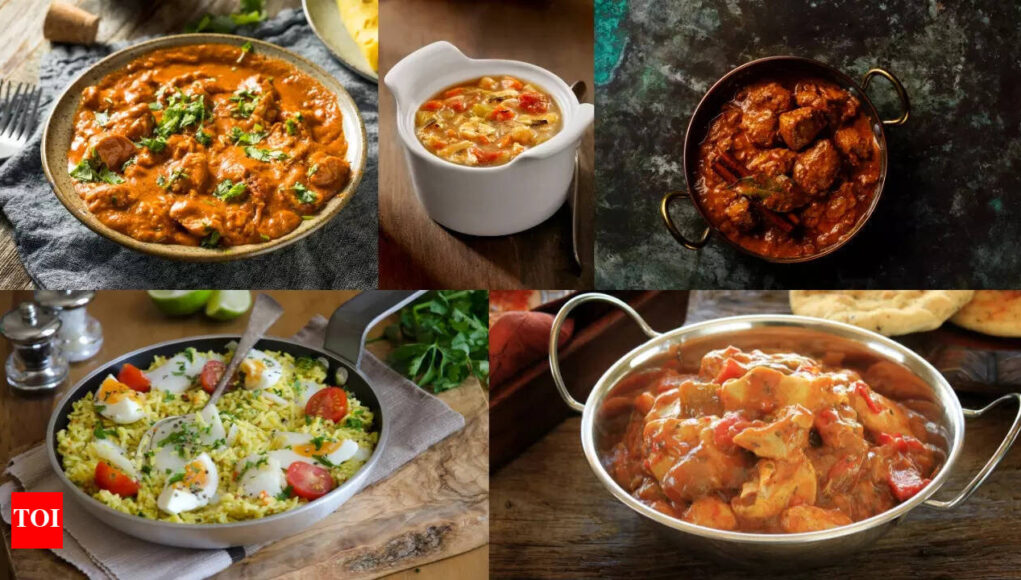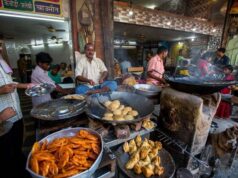Indian cuisine is one of the most beloved food traditions in the world, known for its depth of flavor, vibrant spices, and regional diversity. However, a significant difference exists between eating “Indian food” in the UK and experiencing it in India itself. While both are certainly delicious, the food actually tells two very different stories of adaptation and tradition. This post will explore the distinct characteristics of the Indo-British curry house and the hyper-local culinary scene across India.

Table of Contents
The UK’s Indian Food: Curry Culture
When one considers Indian food in the UK, the word curry immediately comes to mind. Over many decades, Indian, Bangladeshi, and Pakistani immigrants shaped Britain’s dining scene. They successfully created dishes that masterfully blended South Asian recipes with typical British tastes.
Chicken Tikka Masala, for instance, people often call “Britain’s national dish.” Interestingly, it is not traditionally Indian but rather a UK invention inspired by authentic Indian flavors. Furthermore, British Indian food generally tends to be creamier, milder, and more sauce-heavy. Consequently, it caters to palates less accustomed to the intense spice levels common in India. Popular “Indian” restaurants in the UK frequently operate under the direction of Bangladeshi families. Therefore, what they serve usually presents a mix of South Asian influences instead of region-specific Indian food. Side staples like naan bread, pilau rice, and onion bhajis have become just as important as the main dishes. Collectively, they form a cuisine that is distinctively Indo-British. In summary, Indian food in the UK is a hybrid—comforting, accessible, and often adapted to fit British dining culture.
Indian Food in India: Regional Richness
Travel to India, and you quickly recognize that no single “Indian cuisine” exists. Instead, it is a vast collection of countless regional food traditions, each utilizing unique ingredients and preparation methods.
North India is famous for rich, hearty dishes like butter chicken, rogan josh, and paneer curries. People often pair these dishes with rotis, naan, or rice. Conversely, South India offers a very different palate: tangy tamarind flavors, coconut-based curries, and fermented staples such as dosa and idli. Street food culture is absolutely huge in India—just consider pani puri, chaat, and vada pav. This style of eating has not translated to the UK with the same success. Moreover, spice levels are generally much higher, and the balance of flavors appears more complex. They often include sweet, sour, salty, and spicy notes all in a single dish. Meals are also deeply tied to tradition, religion, and even climate. Consequently, coastal regions use more seafood while desert areas rely on grains and pulses. Therefore, eating in India transcends the food itself; it also encompasses the experience—bustling street corners, thali spreads served on banana leaves, and treasured recipes passed down through generations.

Why the Difference?
The difference between Indian food in the UK and India ultimately comes down to history and adaptation. Immigrants to the UK skillfully recreated familiar dishes using the available ingredients. Simultaneously, they softened spice levels to successfully suit local tastes. Over time, these dishes evolved into their own unique cuisine. Meanwhile, in India, food remains strongly regional and authentic. It has no need to compromise for foreign palates, remaining hyper-local, seasonal, and endlessly varied.













